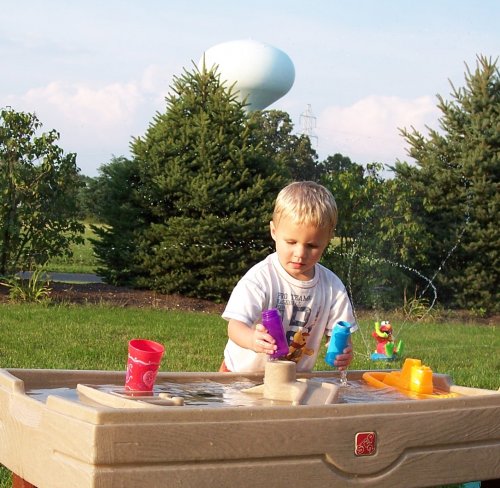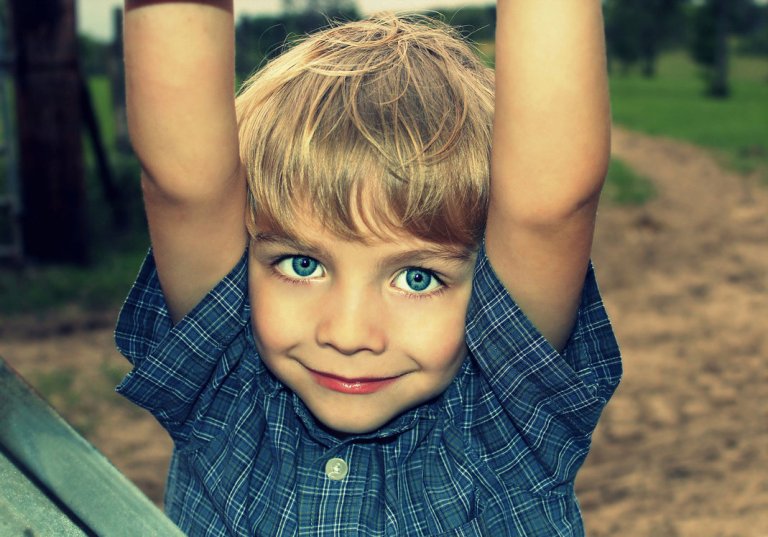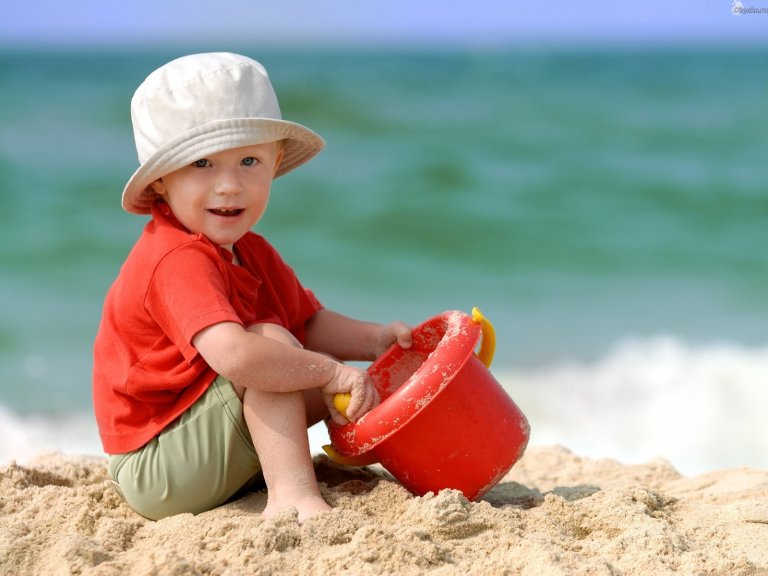The Benefits of Creative Play in Children

Encouraging children to play is one way to enhance their learning and development. On the other hand, a traditional structure where children cannot take initiative in the game won’t be the best way for them to reach their maximum potential or to really get them to learn through direct interaction with the environment.
If children play throughout their childhood, they will be better prepared for life and will have better basic life skills. But of course, these games are not done in front of a screen or played by following instructions. Creative play is the best way to prepare children for success, especially so they can boost their own self-esteem and emotional well-being.
Parental anxiety for children to learn academic content early on can leave very little time for the essential playtime required by children. Parents should learn to overcome these obstacles and fears, allowing children to develop naturally, relying on all their options and abilities.

From birth, children want to explore and understand everything around them. In addition, they always want to be successful, and for that reason they love to be first in everything.
They are continually challenging themselves to be able to achieve and learn anything, even if it is based on trial and error. This learning happens thanks to a biological process implanted within them that we call “play.”
There is a great deal of research that supports the positive effects of creative play. Studies link creative games to improved linguistic, cognitive and physical development. Parents should take into account the importance of creative play on children’s correct developments, abandoning the most sedentary games such as computer games.
The Importance and Benefits of Creative Play
The most effective form of play, in terms of growth and learning, is self-initiated, self-directed play, i.e., creative play in which the child is the protagonist of what he is doing and can choose the rules and how to play. You can start the game with the child to give a little bit of guidance, but then let them promote their own rules.
For example, a two-year-old can build a block tower but will need some guidance and motivation on the part of the adult to feel interest and joy for creation and learning. Once this is achieved, you should gradually exit the game so that the little one feels the joy and satisfaction of creating his own game, even while under the watchful eye of his parents.

When the game is instead overly guided by others (including adults), the child will have too much reliance on criticism and evaluation, and this will lead to a huge lack of self-confidence and a loss of interest in doing things for himself.
It is necessary to avoid having children constantly depend on input from adults or base their success on their parents’ reactions and expectations. If this is the case, they could lose touch with what truly interests them.
As you have seen throughout the article, the benefits of creative play are numerous and include: increased creativity, enhanced imagination, development of areas of interest, improved language skills, communication, memory, concentration, motor skills and abilities, active play, cognitive development, social and emotional development, etc.
All cited sources were thoroughly reviewed by our team to ensure their quality, reliability, currency, and validity. The bibliography of this article was considered reliable and of academic or scientific accuracy.
- Aza, E. T. (2005). Juegos motores y creatividad. Editorial Paidotribo.
- Jiménez, C. A. (2000). Cerebro creativo y lúdico. Hacia la construcción de una nueva didáctica para el siglo XXI. Cooperativa Editorial Magisterio: Magisterio. http://ludica.com.co/ensayos2/CEREBRO%20CREATIVO%20%20Y%20LUDICO.doc
- Lowenfeld, V. (1987). Desarrollo de la capacidad creadora. Ed. Kapelusz. Argentina: Buenos aires.
- Madi, I. (2012). La creatividad y el Niño. Palibrio. Estados Unidos.
- Navarro Lozano, J. (2009). Mejora de la creatividad en el aula de primaria. Proyecto de investigación. https://digitum.um.es/digitum/handle/10201/3049
- Vargas, R. R. (2001). Niños creativos.
- Wallon, P., Cambier, A. y Engelhart, D. (1992). El dibujo del niño. Siglo XXI editores. España: Madrid.